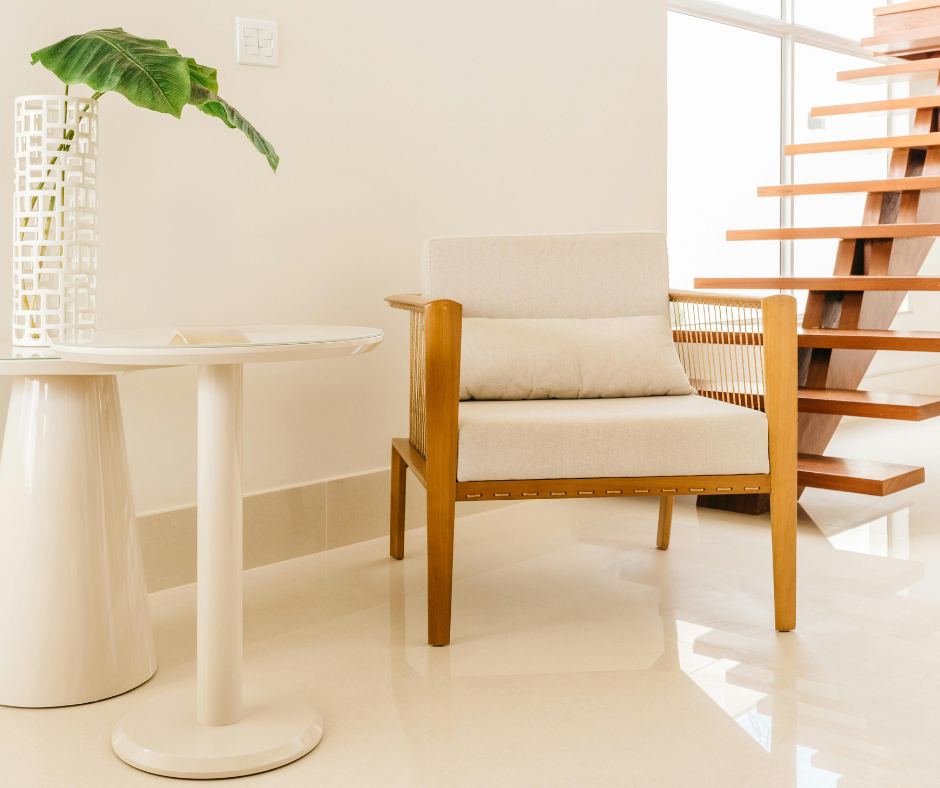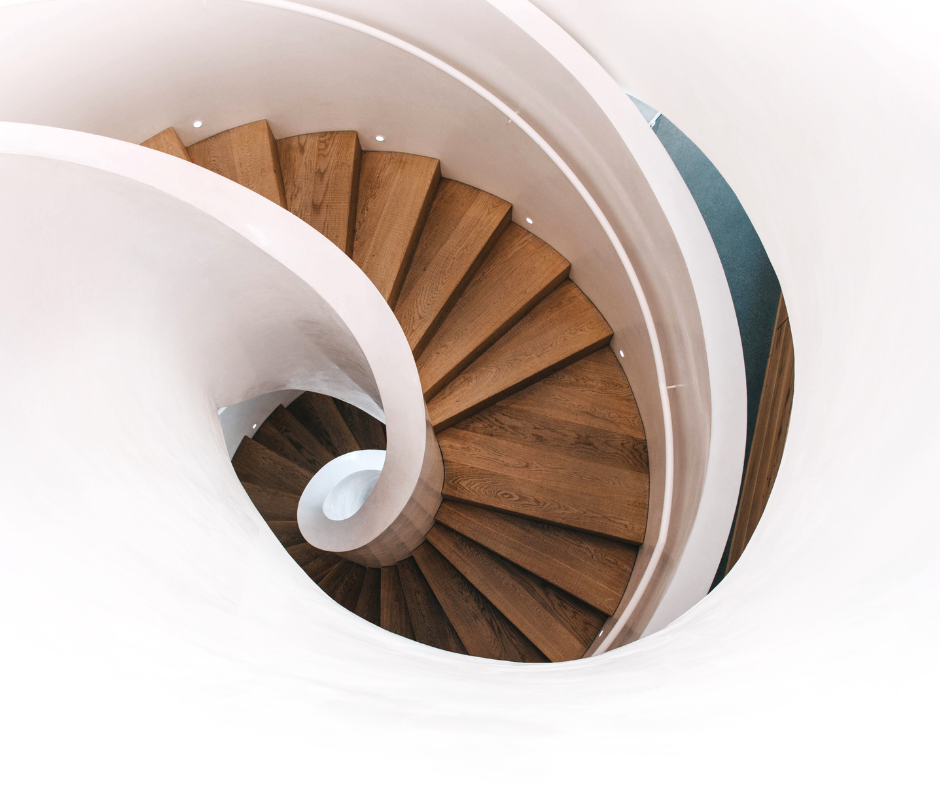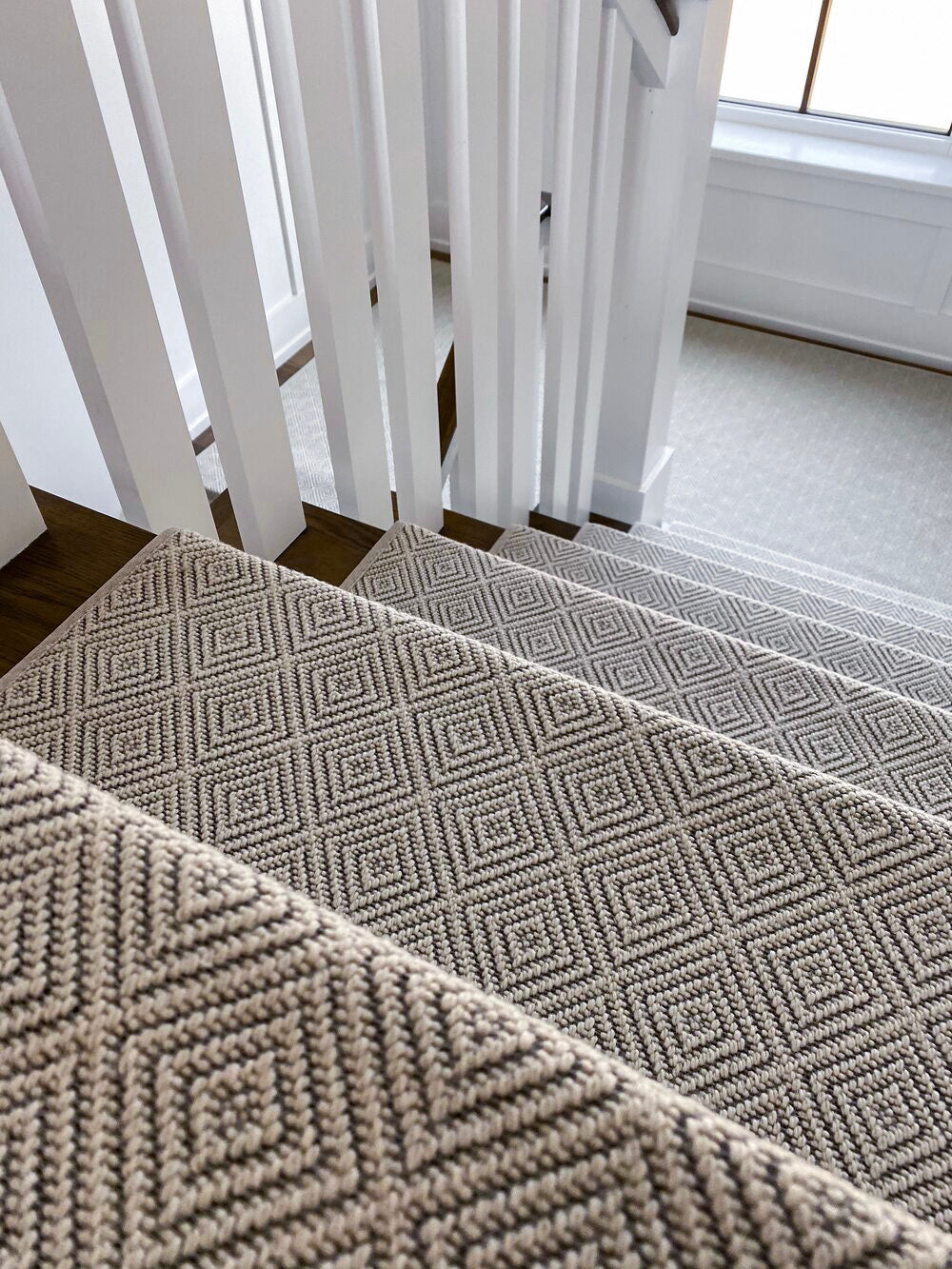Thinking about upgrading your staircase with a sleek, modern design?
The cost of floating wood stairs typically ranges from $5,000 to $30,000, depending on materials, support structure, and custom features.
In this guide, you’ll discover exactly what drives the price—and how thoughtful additions like carpet stair treads can enhance both safety and style.
You’ll learn how wood type, railing options, and installation complexity influence your investment.
We’ll also explore the differences between floating and traditional stairs so you can make an informed decision.
By the end, you’ll know how to plan a staircase that fits your budget and transforms your space.
What Impacts the Cost of Floating Wood Stairs?
There’s no one-size-fits-all answer when it comes to pricing.
Each floating staircase is custom-crafted and tailored to the layout of your home, the style you want, and the technical demands of the structure.
Let’s walk through the most important factors that determine price.
1. Type of Wood
The type of wood used for your treads plays a major role in cost.
Hardwoods like Red Oak and Ash are popular because they’re strong, attractive, and widely available.
White Oak adds a bit more elegance with a soft grain pattern, while Walnut provides a darker, bolder look.
If you're aiming for luxury, exotic woods like Brazilian Cherry or Zebrawood create a one-of-a-kind finish—but they also come with a significantly higher price tag.
The thickness of the treads also matters.
Many homeowners prefer thicker styles, like 2-inch butcher block, because they give stairs a solid and architectural feel.
However, thicker treads use more material and add weight, which can require stronger support systems.
2. Craftsmanship and Custom Work
Because every floating stairway must be individually designed to fit your space, labor costs are often higher than with traditional staircases.
Each component—tread spacing, mounting, stringer layout, railing attachment—requires precision work.
In many cases, floating staircases must be fabricated off-site and assembled on-site by experienced professionals.
That attention to detail ensures safety and stability but adds to the cost.
3. How Are Floating Stairs Supported?
It’s a fair question: how are floating stairs supported when they appear to be hanging in midair?
The answer lies in hidden engineering.
Most floating staircases rely on a single steel stringer running beneath or to one side of the treads.
Others may use wall-mounted brackets or reinforced sidewalls that anchor the steps invisibly into the structure.
These support methods are not off-the-shelf solutions.
They’re highly customized and often require coordination with structural engineers, welders, and carpenters to ensure strength and compliance with building codes.
Because these components are hidden and often need to be integrated during framing or remodeling, they are one of the most significant contributors to the total cost.
Why Are Floating Wood Stairs So Popular?
They’re modern, minimal, and undeniably eye-catching.
Floating stairs instantly open up a space by removing bulky risers and visible supports.
But beyond style, there’s real function here too.
They allow more natural light to pass through the stairwell, which can brighten a home.
They also create a visual sense of openness and flow, especially in multi-level or open-plan homes.
Many people choose innovative floating wood stairs not just because they look stunning, but because they represent a cleaner, more efficient design philosophy.
If your home leans modern, transitional, or even industrial, this style often feels like the natural choice.
The Role of Railings and Safety Features
While the clean lines of floating stairs are a big draw, safety is never compromised.
In fact, many staircases include added features to ensure security for families with kids or pets.
Railings
The type of railing you choose can dramatically affect the final price.
-
Glass panels provide unobstructed views and reinforce the open, airy feel. They’re beautiful but costly and can require special installation techniques.
-
Cable railings deliver a modern, streamlined look with slightly lower material costs.
-
Wrought iron or wooden posts offer more traditional styles and work well for homes blending modern and rustic design elements.
The material, design complexity, and installation process all add to your stair system’s cost.
Stair Treads and Landings
To soften the look—and the feel—many homeowners add carpet stair treads or landings.
These not only enhance safety by adding traction but also introduce texture and warmth to balance out the wood and steel.
They’re especially useful for families with aging parents, toddlers, or pets, offering that extra level of comfort and security.
At Oak Valley Designs, we see many clients pair floating wood stairs with our stair tread sets to complete the look.
It adds a layer of softness without sacrificing the open feel.
What Makes Floating Stairs More Expensive Than Traditional Designs?
Traditional staircases are typically built with open or closed risers and visible framing components like two or three stringers.
They’re more common, easier to build, and use standard materials.
In contrast, innovative floating wood stairs require more than just good carpentry.
They call for creative problem-solving, often with metalwork, precise fabrication, and integration into your home’s structure.
Additionally, floating stairs often require specialized inspection and permits to ensure they meet safety codes, especially if your home has unusual framing or uneven load distribution.
This engineering and compliance work is baked into the total cost.
So while traditional stairs may range from $2,000 to $8,000 for materials and labor, floating stairs start around $5,000—and can exceed $30,000 with premium features.
Can Floating Wood Stairs Add Value to Your Home?
Absolutely.
Beyond aesthetic upgrades, floating staircases often become a signature feature in real estate listings.
They photograph beautifully, stand out in walkthroughs, and signal thoughtful design.
Buyers often associate floating stairs with luxury, craftsmanship, and quality materials—things that can set your home apart in a competitive market.
When paired with long-lasting hardwoods and thoughtful accents, floating stairs may not just pay for themselves—they could increase resale value down the line.
That’s especially true when you factor in long-term durability and the ability to update the look over time with new carpet treads or railings.
Floating Stairs in Remodels vs. New Construction
One of the biggest cost variables comes down to timing.
If you’re planning a full home renovation or building from scratch, it’s much easier—and more cost-effective—to integrate floating stairs from the beginning.
Why?
Because support structures can be built into the frame, wiring for lighting can be hidden, and structural inspections can be done early.
If you're adding floating stairs as part of a remodel, expect higher costs due to demolition, retrofitting, and reinforcement.
It’s still possible—and often worth it—but it may require more coordination and planning.
That said, Oak Valley Designs has seen many customers retrofit their staircases beautifully, even in older homes.
It just takes a bit of strategy and the right team behind you.
Design Options That Influence Cost
Floating stairs are far from one-note.
There are endless combinations of wood, railings, finishes, and extras that influence your budget.
Some of the most popular upgrades include:
-
Matte finishes for a more natural, contemporary look
-
LED lighting under each tread to increase safety and style
-
Brushed steel accents that create contrast with wood tones
-
Open risers for a lighter, more sculptural feel
-
Wrapped edges or curved stair layouts for custom elegance
Each of these features adds to the project timeline, design complexity, and ultimately, the overall cost of floating wood stairs.
Steps to Success
Upgrading to floating wood stairs may feel like a big leap, but it’s easier when you take it one step at a time.
Start by defining your budget and must-haves—like wood type, lighting, or railings.
Then, partner with professionals who specialize in floating stair design and understand what goes into precise, code-compliant installation.
Finally, consider adding soft, stylish finishes like carpet stair landings or stair treads to complete the look and add comfort.
With thoughtful planning, your floating stairs can reflect your unique style, make your home more functional, and create a sense of pride every time you walk upstairs.
Stepping It Up
The cost of floating wood stairs reflects more than just materials—it reflects craftsmanship, creativity, and lasting value.
Whether you're building a new home or updating your current space, floating stairs can transform your interior from ordinary to inspiring.
And when paired with custom carpet stair treads or landings from Oak Valley Designs, your staircase doesn’t just look incredible—it feels like home.
We believe in blending luxury with livability, and our stair treads are designed to work beautifully with any floating stair system.
Let’s help you build something you’re proud of.
Ready to Elevate Your Staircase?
Oak Valley Designs specializes in customizable, DIY-friendly stair tread solutions that bring warmth and safety to every step.
Whether you’re upgrading traditional stairs or adding comfort to your new floating design, we’re here to help.
-
Website: https://oakvalleydesigns.com/
-
Phone: 706.331.0315
-
Email: info@oakvalleydesigns.com
-
Address: 30 River Ct SW Bldg E Cartersville, Ga 30120



